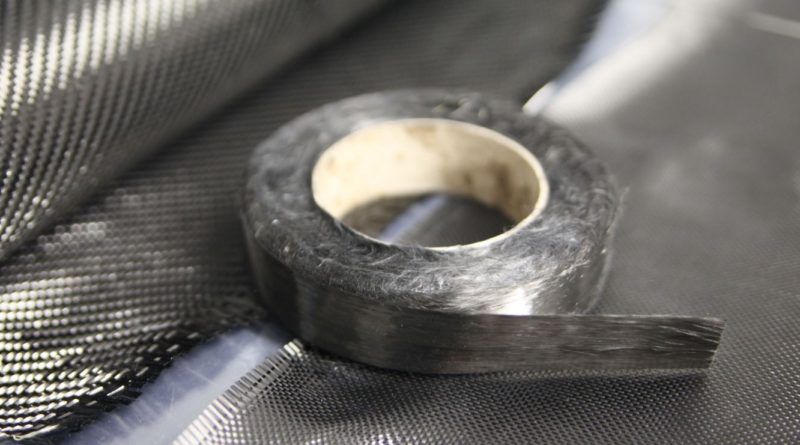SRAM patent signals intent to improve carbon recycling
A patent registered by SRAM in the United States signals the group’s intent to improve carbon recycling across its portfolio.
Filed late in Q3 last year, but with a publication date of March this year the document outlines the ambition to minimise waste in the process of carbon fibre manufacturing, capturing any useable material that might previously have gone to waste. The idea here is many-fold, with the manufacturer keen to avoid premium landfill costs for the material, but also to lower the production costs of carbon fiber products in an environmentally sound way.
The difference in SRAM’s patent versus existing methods is the claim that SRAM has uncovered a new way to turn carbon waste into a more useable material. It looks from the patent as though the group’s scientists went through a fair bit of trial and error to nail the process, but has now delivered results that deliver suitable strength from the recycled material, among other attributes.
The refined process sees scrap material used to create a fibre-containing molding compound; this is a secondary line that can thereafter be used in the molding of parts. The compounds, it is believed, will have adjustable strength attributes dependant on the amount of chemicals required to break down the old resin. From there SRAM can, in theory, control the structural properties in the secondary product.
The patent describes existing methods, stating: “resin content in the products manufactured thereby is limited by the resin content in the prereg waste or the prereg scraps, and thus cannot be adjusted according to specific requirements of the products. Therefore, it is desirable to provide a method for manufacturing a product from the prereg waste or the prereg scraps, so that the resin content in the product manufactured thereby is adjustable.”
In the patent application SRAM suggests that the process may also be applicable other fibres, such as glass fibres and kevlar, for example.
In the case of carbon, the scrap is to be mixed with a release-paper removing agent, which will separate the resin and the carbon, ultimately leaving behind just carbon remains and a viscous resin blend.
From here, the remains are combined with another resin and diluent, eventually delivering a mixture of carbon, old and new resin.
Looking for an even deeper summary of the science? Head over to Wheelbased’s excellent post on the topic that goes into detail we’ll readily admit is above our heads.
CyclingIndustry.News has reached out to SRAM for a little more info on the carbon recycling process and the intended use for the salvaged product down the line. For more information on sources where you can recycle your carbon head here.



